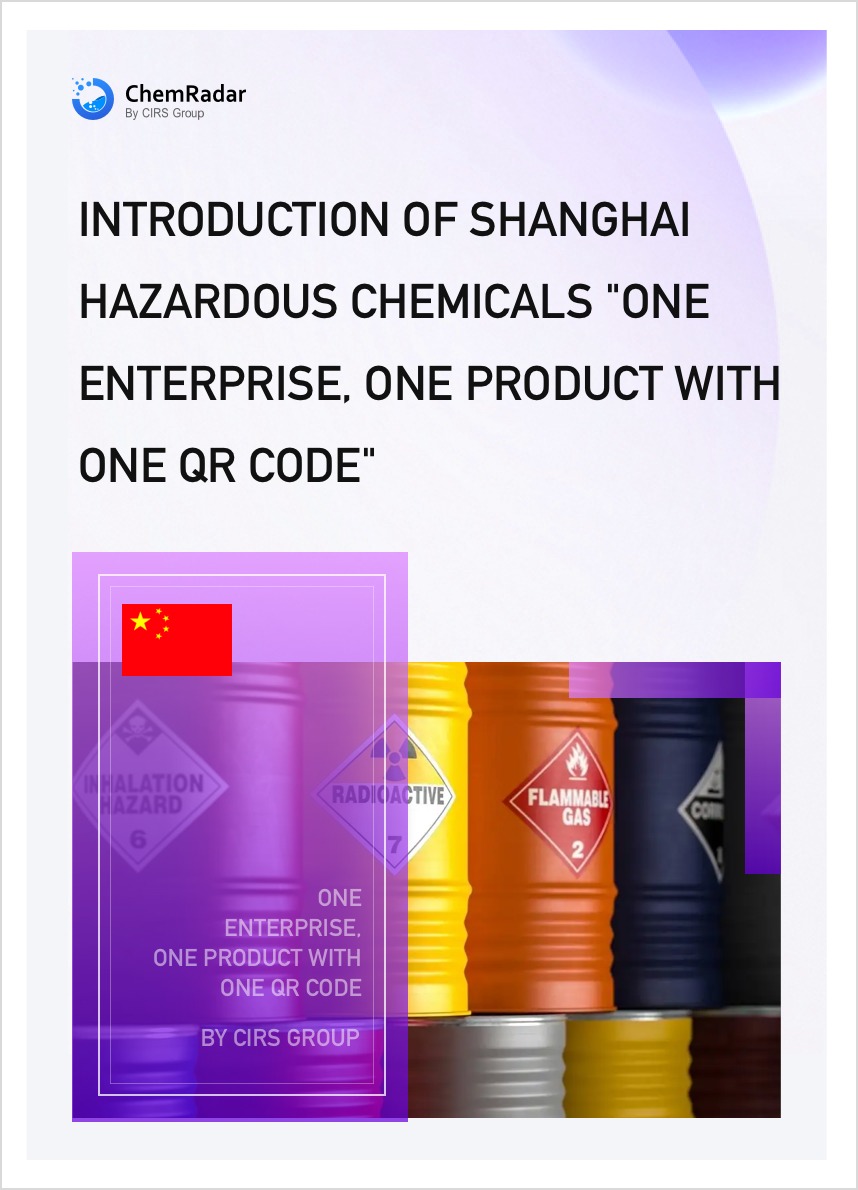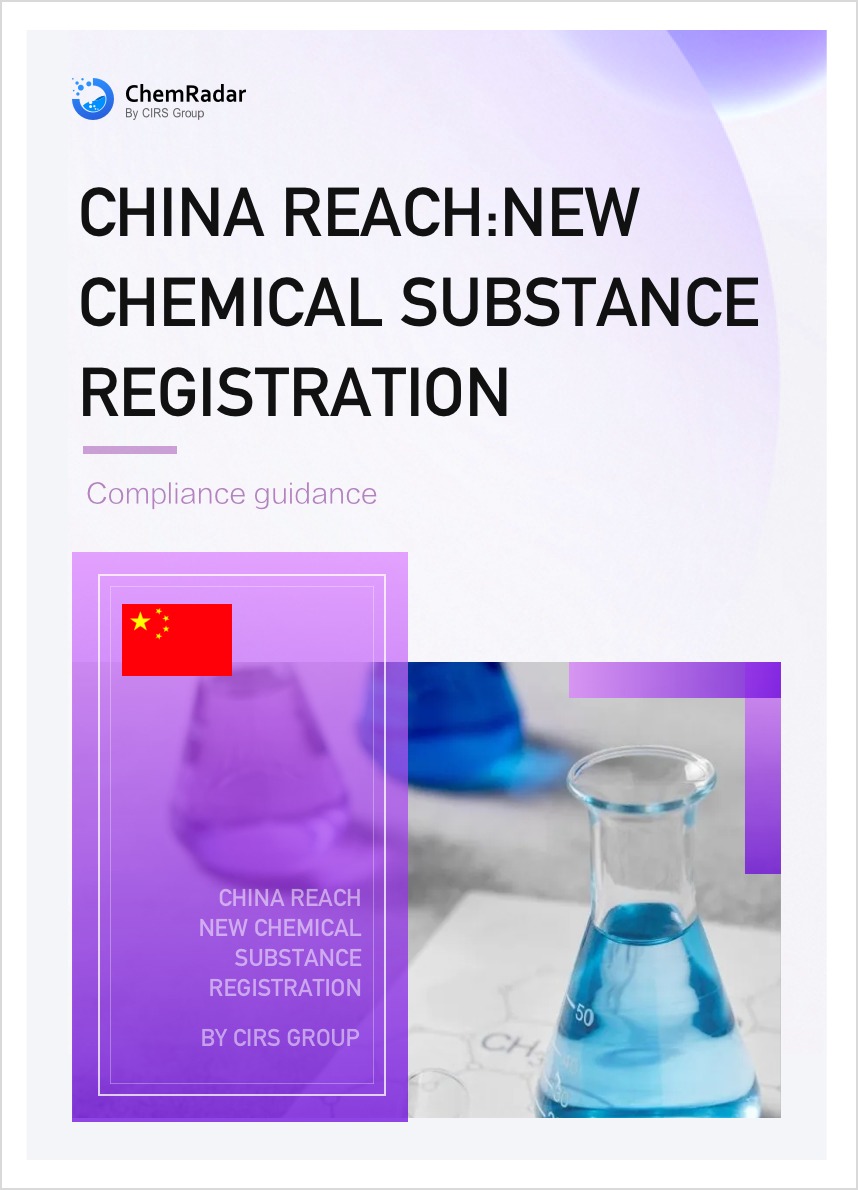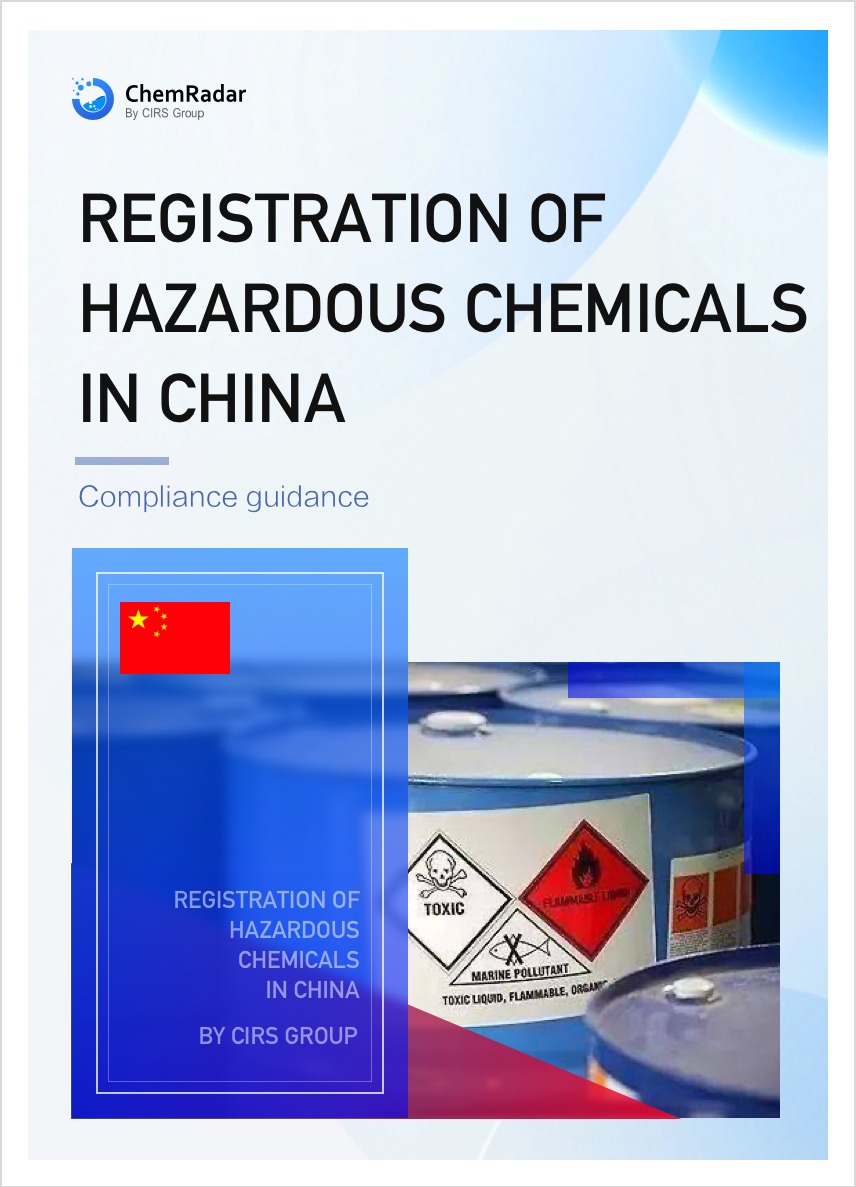On September 25, 2025, the National Health Commission and the State Administration for Market Regulation jointly issued Announcement No. 6 of 2025, releasing 32 new national food safety standards and 2 amendment sheets. Among these, four standards are related to food contact materials, including:
- GB 4806.10-2025 Food Contact Materials and Articles – Coatings and Coating Materials
- GB 4806.16-2025 Food Contact Silicone Rubber Materials and Articles
- GB 31604.21-2025 Determination of Migration of Benzoic Acid, Phthalic Acid, and Benzenetricarboxylic Acid in Food Contact Materials and Articles
- GB 31604.64-2025 Determination of Migration of Citrate and Sebacate Compounds in Food Contact Materials and Articles
Among these, the two product standards will take effect on September 2, 2026, with a one-year transition period. The other two testing method standards will be implemented on March 2, 2026.
GB 4806.10-2025 Food Contact Materials and Articles – Coatings and Coating Materials —— Key updates are as follows:
|
1. Scope |
Removed the clause "This standard does not apply to paper coatings" from the previous standard. |
|
|
2. Terms & Definitions |
Included "Coatings that indirectly contact food but whose components may migrate into food, and the coatings (films) formed thereby" within the definition. |
|
|
3. Basic Requirements |
Added new requirements for 3.2 Manufacturing Enterprises and 3.3 Using Enterprises. |
|
|
4. Technical Requirements |
4.1 Raw Material Requirements |
Changed the term "List of Resins" to "Basic Raw Materials": Added a significant number of basic raw materials in Appendix A, expanding the substance list from 105 in the 2016 version to 346 in the 2025 version. Revised usage limits for certain substances. Notably, the specific migration limit for Bisphenol A (BPA) was reduced from 0.6 mg/kg to 0.05 mg/kg. Added requirements for epoxy derivatives like BADGE. |
|
4.2 Sensory Requirements |
Emphasized that coatings intended for direct food contact must comply with sensory requirements. Unified and harmonized the wording for sensory requirements. |
|
|
4.3 Physicochemical Indicators |
Clarified that requirements for Overall Migration, Potassium Permanganate Consumption, and Heavy Metals (as Pb) apply only to coatings that directly contact food. Unified the terminology for "products specifically intended for infants and young children" in the notes for Overall Migration. Modified the scope of high-temperature test conditions for Potassium Permanganate Consumption and Heavy Metals (as Pb) from "cooking utensils and tableware" to "cooking utensils". Added a new requirement for Total Migration of Primary Aromatic Amines (PAAs). |
|
|
5. Others |
5.1 Migration Testing |
Added a special provision: Regarding changes (e.g., coating detachment, blistering, metal corrosion) observed on the surface coatings of metal cans (body, end, pull-tab, etc.) when exposed to acidic food simulants under test conditions that would not occur under normal use, inert substrates (e.g., glass) may be used for testing. Where using an inert substrate is not feasible, 10% ethanol may be used as a replacement for 4% acetic acid. |
|
5.2 Labeling |
Deleted the specific requirements from the previous standard. The requirement for "coating materials and articles to also be labeled with the material names of the substrate and the coating respectively" has been removed and is now uniformly managed by GB 4806.1. |
|
GB 4806.16-2025 Food Contact Silicone Rubber Materials and Articles —— Key updates are as follows:
|
1. Scope |
Clarified that the standard applies only to silicone rubber materials and articles. |
|
|
2. Terms & Definitions |
Defined the term "Food contact silicone rubber materials and articles". |
|
|
4. Technical Requirements |
4.1 Raw Material Requirements |
a) Retained the list of basic polymers for silicone rubber from Appendix A.2 of the old standard GB 4806.11-2016, added the authorization for silicon dioxide and 1-ethynylcyclohexanol, and introduced the requirement for basic raw materials to be used "as needed in accordance with good manufacturing practice". b) Stipulated that additives used in silicone rubber must comply with GB 9685 and relevant official announcements. Note: Additives listed for use in rubber in the 2008 version of GB 9685 can still be used in silicone rubber. |
|
4.2 Sensory Requirements |
Unified and harmonized the wording for sensory requirements. |
|
|
4.3 Physicochemical Indicators |
a) Established that the new standard GB 4806.16-2025 replaces GB 4806.11-2016 for silicone rubber, effectively resolving the previous confusion where both rubber and silicone rubber fell under GB 4806.11. b) Changed the test conditions for Potassium Permanganate Consumption and Heavy Metals (as Pb) from 60°C, 0.5 hours to 60°C, 2 hours, aligning them with the mainstream requirements for plastics, coatings, inks, and adhesives. c) Added a new requirement for Volatile Matter, with a control limit of 0.5%, consistent with German requirements for silicone rubber. Appendix B of the standard provides the specific test method. The general procedure involves drying at 100°C for 1 hour, followed by 4 hours at 200°C in an oven. Note: Duplicate samples are required. d) Retained the option for selecting overall migration test conditions for articles with an expected contact temperature not exceeding 40°C and a contact time not exceeding 24 hours. Removed the specified condition of using 50% ethanol for fatty food simulants; the selection between vegetable oil or oil substitutes is now uniformly according to GB 31604.1. |
|
|
4.4 Other Requirements |
Added requirements for auxiliary materials such as Coatings, Inks, and Adhesives, ensuring alignment with other product standards. |
|
|
5. Others |
5.1 Migration Testing |
Aligned the selection of food simulants with GB 31604.1. Deleted the special provisions for selecting fatty food simulants from the old standard. |
The newly released national standards introduce numerous adjustments and significant changes, featuring more detailed and comprehensive requirements for product manufacturing. Relevant enterprises should promptly familiarize themselves with the updated standards, proactively assess their products' compliance, strengthen quality monitoring, and ensure full adherence to the new regulations.




